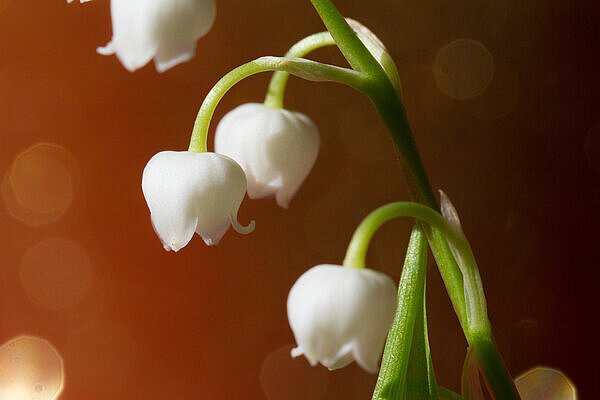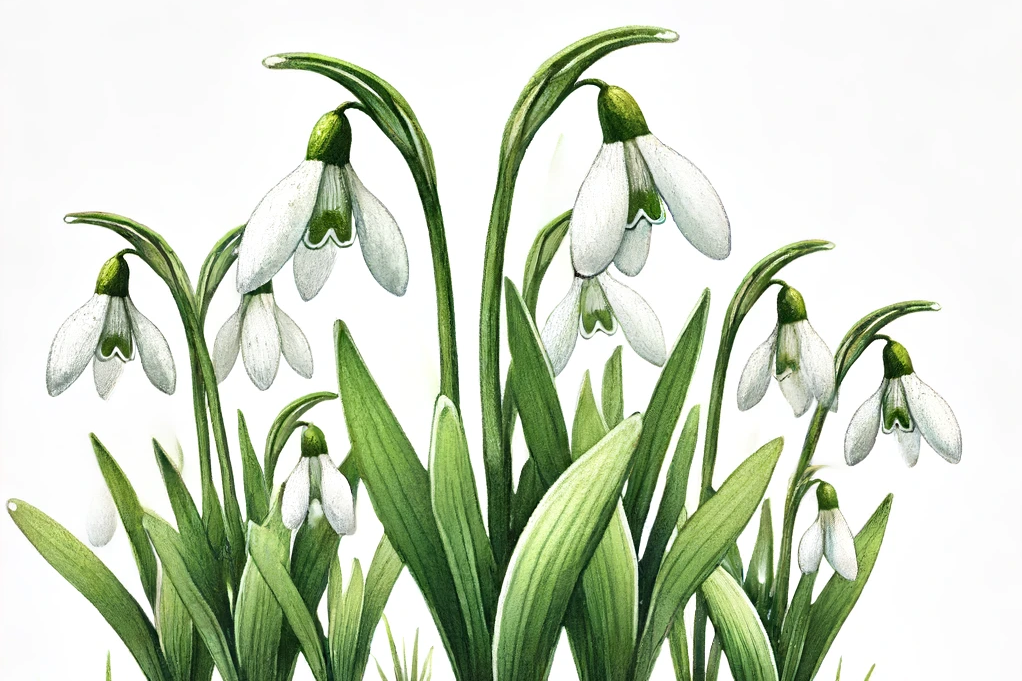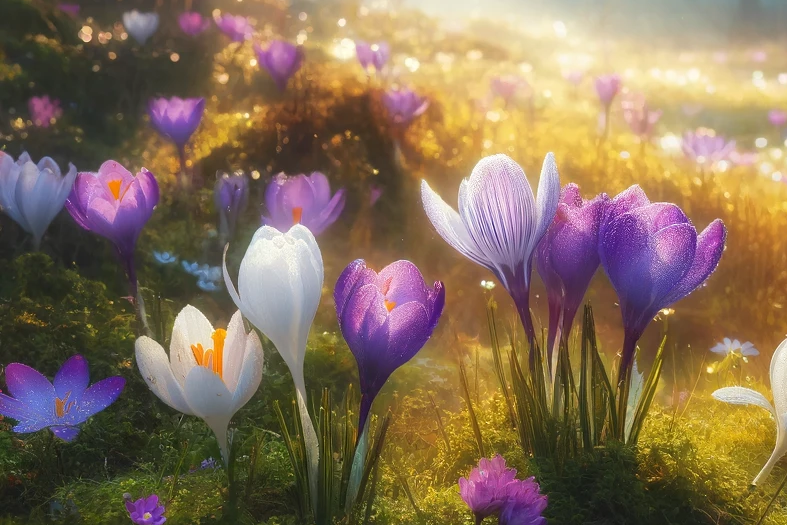Autumn crocus

What is the autumn crocus?
The autumn crocus is a perennial plant that forms a brown-scaled bulb. This bulb survives the winter and produces new flowers the following fall. The flowers are funnel-shaped, have six equally shaped petals and are borne singly or in groups on a long stalk. The flower color varies from pale pink to purple, and there are also white varieties. The flowers can be confused with those of the autumn crocus, but are larger and have a longer stalk.
The leaves of the autumn crocus are lanceolate, thick and stiff with a crenate tip. They only appear in spring together with the green seed capsule that emerges from the flower. The leaves can grow up to 40 cm long and resemble those of tulips or wild garlic. The seed capsule contains numerous black seeds that open in summer and go to seed.
The autumn crocus grows mainly on fresh to moist, nutrient-rich meadows and in sparse riparian forests. However, it can also be found in orchards and gardens. It prefers a sunny to semi-shady location and humus-rich, well-drained soil.
What are the advantages of the autumn crocus?
The autumn crocus is a beautiful plant that enriches the garden or meadow in late summer with its colorful flowers. It is easy to care for and reproduces itself through daughter bulbs or seeds. It is also an important source of food for insects such as bees and flies, which pollinate the flowers.
The autumn crocus also has medicinal significance, as it contains the active ingredient colchicine, which is used to treat gout and rheumatism. Colchicine inhibits cell division and has an anti-inflammatory and analgesic effect. Colchicine is also used in plant breeding to produce polyploidy, i.e. the doubling or multiplication of the number of chromosomes. This can lead to larger or more colorful flowers or fruits.
What are the disadvantages of the autumn crocus?
Autumn crocus is a very poisonous plant that can be fatal to humans and animals. All parts of the plant contain colchicine, which can lead to severe symptoms of poisoning if ingested or in contact with the skin. These include nausea, vomiting, diarrhea, abdominal pain, cramps, shortness of breath, rapid heartbeat, paralysis and coma. There is no specific antidote for colchicine poisoning.
The autumn crocus is a perennial plant with funnel-shaped flowers, lanceolate leaves and brown-scaled bulbs. It flowers in the fall and grows in damp meadows and riparian forests. The plant is easy to care for, serves as a food source for insects and contains the active ingredient colchicine, which is used in medicine and plant cultivation. However, the autumn crocus is extremely poisonous and can cause severe symptoms of poisoning if eaten or if it comes into contact with the skin.
If you notice any signs of hypersensitivity or poisoning in your dog, you should see your vet immediately. We are not a substitute for a vet, but we try to be as accurate as possible. Every dog reacts differently and we recommend you get a second opinion or consult your vet if in doubt.
Stay healthy and take good care of your four-legged friend!😊
Similar to Autumn crocus
Lily of the valley (Convallaria majalis) belongs to the asparagus family and is a perennial plant that grows in gardens and forests. It grows up to 30 cm high and has large, green leaves that emerge...
The emergence of snowdrops officially marks the beginning of the farewell to winter. These delicate plants breaking through the snow are not only a beautiful sight, but also an interesting topic when...
Daffodils contain various alkaloids that can be poisonous to dogs. These substances are mainly found in the bulbs, but also in the leaves, stems and flowers of the plant. If they are eaten or...
Crocuses are small, perennial plants in the iris family (Iridaceae) that are known for their bright flowers that appear in a variety of colors, including purple, yellow and white. They bloom mainly...



